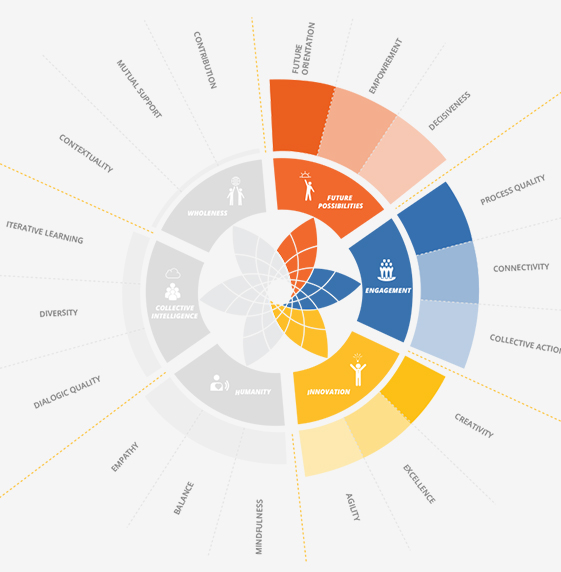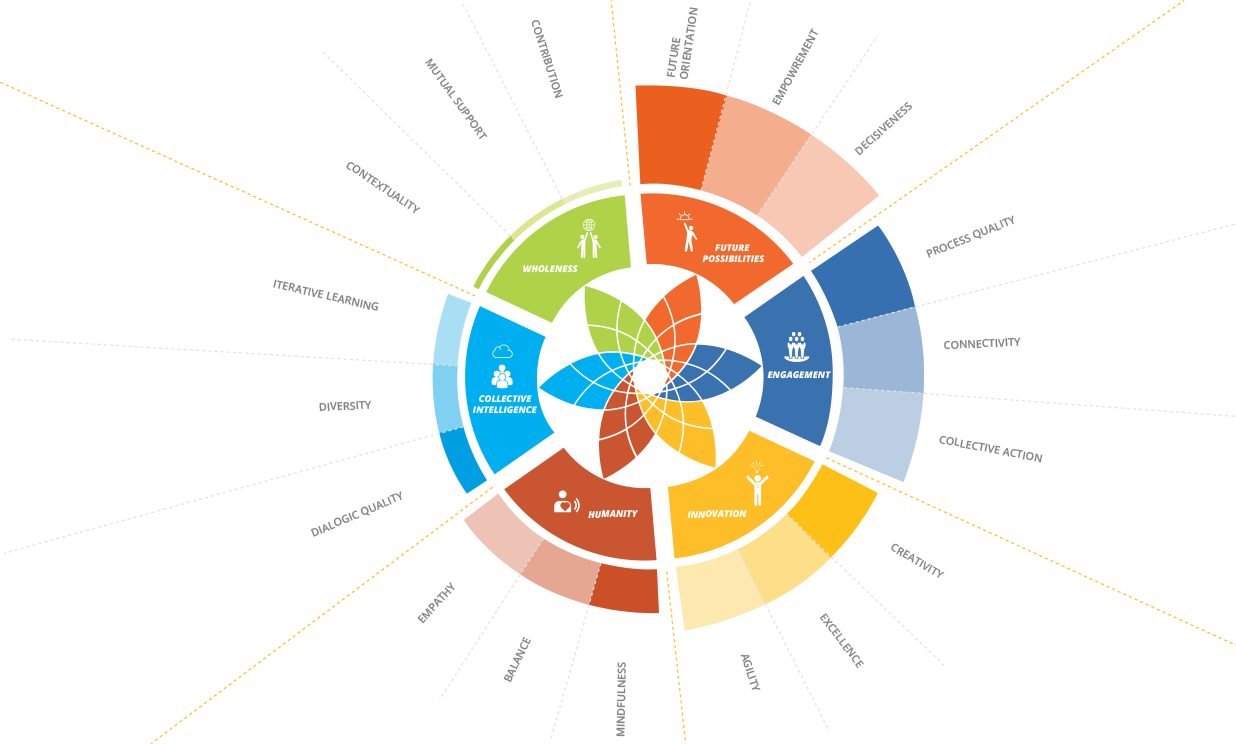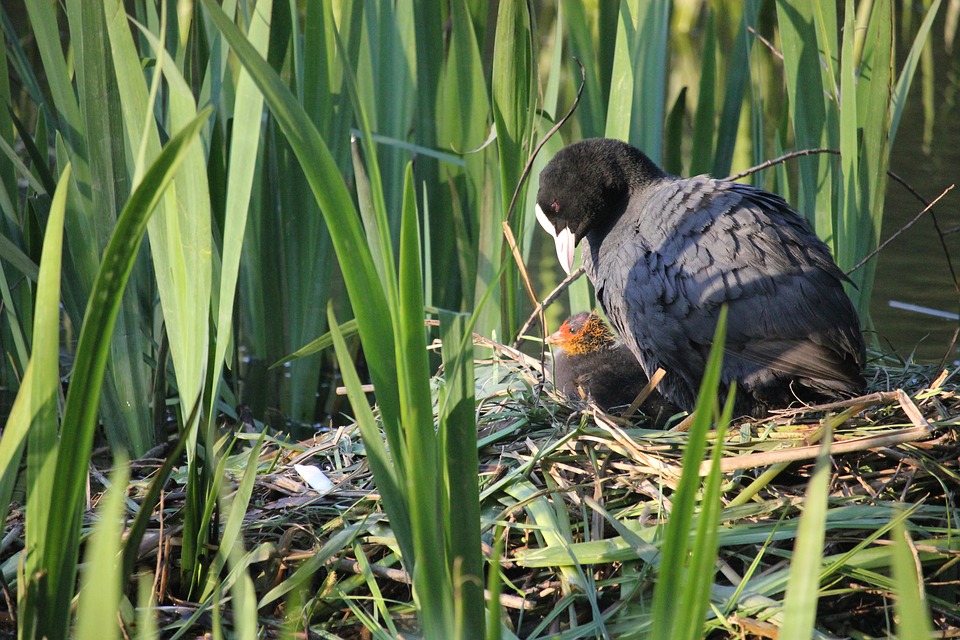
Andrea is the sustainability manager of a European energy supply company that intends to enter into the renewable energy field, but still runs coal and a few nuclear energy plants. She is thinking of ways to influence her company to make a decisive shift in changing their business model towards renewable energy. Her dream is that she gets the middle and top management aligned behind such a strategy so that they then convince the Executive Board of a strategic shift

With the tool identify your competency pattern Andrea identified as her main strength collective intelligence and innovation. She was somebody who would find herself moderating a conversation, rather than taking a stance, and she was also a formidable listener. Coming from an engineering background she had a profound passion for technical innovation, which had brought her to the company. Her own vision of the future strategic focus of the company was that they would not only engage in technical advancements for renewables, but also embark on service delivery around decentralized energy supply. But rather than writing strategy papers on the issue she decided to use her strength in collective intelligence first. She planned an intervention strategy with the tool action plan that focused on collective intelligence, engagement, future possibilities and innovation. She wanted to find out how top-managers in the company thought about the future. The plan they submitted to the board was ambitious: arguing that competitors’ pressure would force them to strengthen agility for the future, she suggested an internal alignment process on future orientation. The sustainability team conducted 60 interviews with top managers of all departments asking managers two simple questions: (1) What trends are most relevant for your current area of responsibility? (2) In view of good future business, what do you think our company needs to improve? After compiling the results, they got 60% of the top two level managers into a half-day workshop to jointly draw conclusions and develop recommendations to the board. They were confident that engaging top managers into a future conversation would make them talk about sustainability-oriented innovation.
The team’s assumption was right. There was not one manager who was not aware of the dilemma between sustainability and business priorities. Most saw the need to reconcile both. At the workshop, they debated intensely about ways to get there and extracted ten action areas, in which the company needed to improve. The 60 top managers agreed that these would go as recommendations to the board. Eight of ten action areas were related to sustainability issues such as investment into renewable energies, getting into stakeholder dialogues with consumers and tackling issues around working conditions in coal mines. The board changed three of the recommendations, but the rest remained. The sustainability department was galvanized; it was the first time they had action areas to track. That’s when Andrea’s homework started; it made her think of future possibilities and decisiveness through focus and measurements. The board tasked her to develop indicators for all ten action areas, in consultation with some of the line managers. They decided to keep the indicators simple, using a traffic light—green for ok, yellow for on the way, red for not started. The result that they brought back into the next board meeting was embarrassing—so many red lights! The sustainability department was tasked with taking a company wide approach to improving the traffic light results within a year. The board added a clear top down decision that every line manager had to cooperate. One year later the ten action areas were published in the company’s sustainability report.


Peter is the Executive Director of DiversAct, an international NGO in Europe. The mission of the organization is to put biodiversity and natural resource management high on the public agenda.
Read More
Andrea is the sustainability manager of a European energy supply company that intends to enter into the renewable energy field, but still runs coal and a few nuclear energy plants.
Read More
Celine is a water engineer and the chair of the inter-ministerial coordination committee for the implementation of the drinking water policy in an African Country.
Read More
Nadeem is leading a complex strategic sustainability initiative between NGOs, development cooperation, the public sector and the private sector.
Read More
Mike is the CEO of medium-size textile company. When he joined the company, sustainability issues were still seen as belonging to the communication department.
Read More